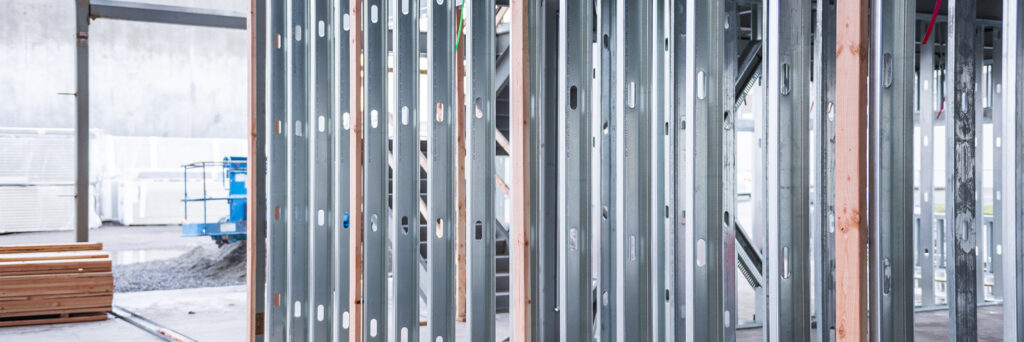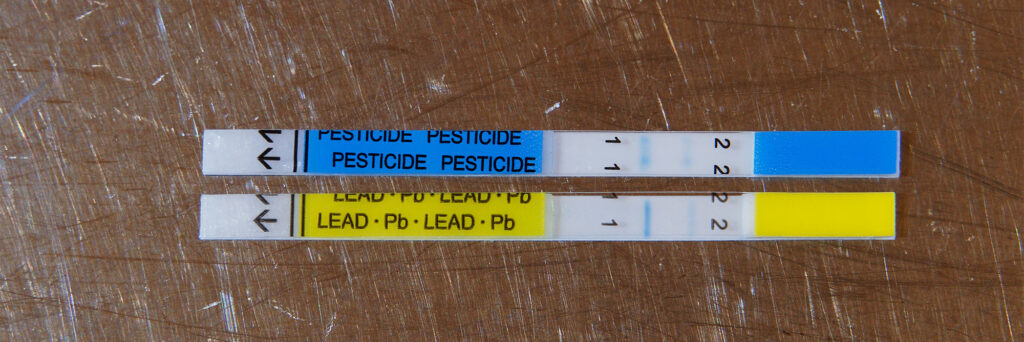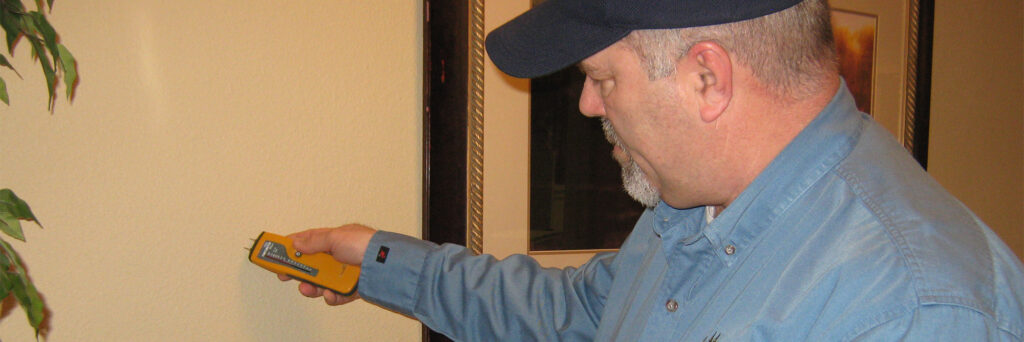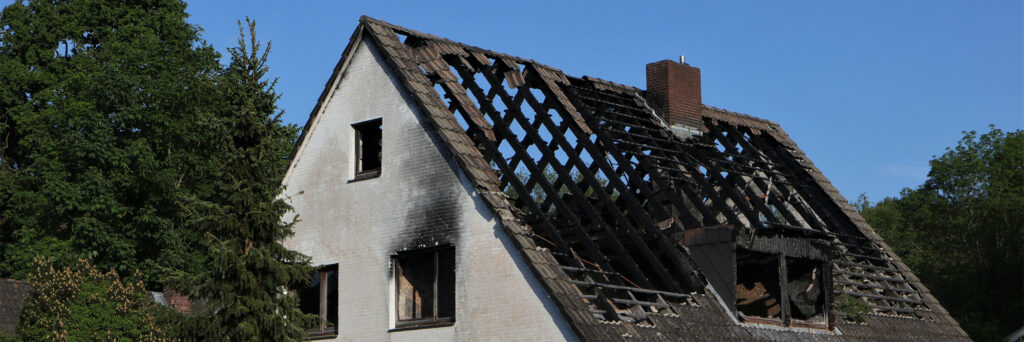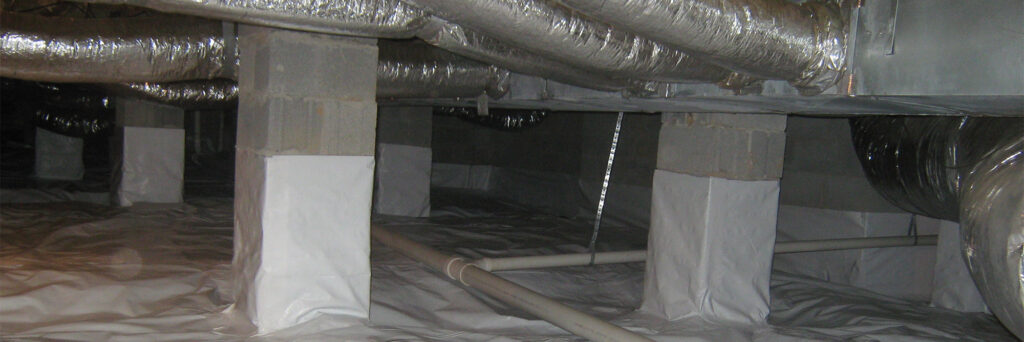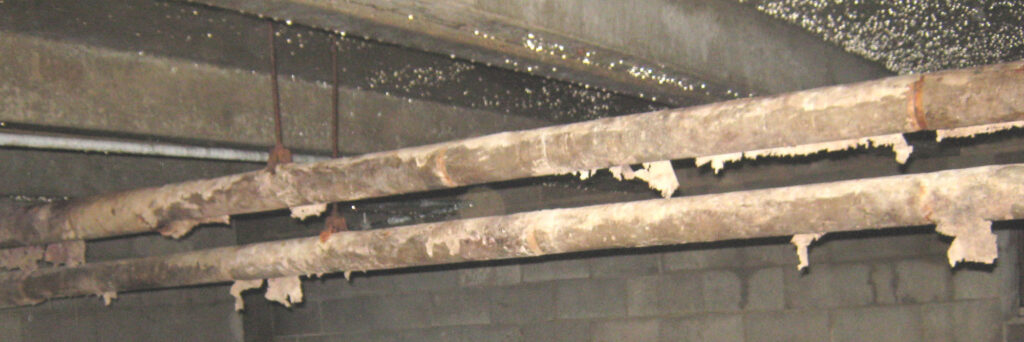Affinity
Environmental Group
Areas of Expertise

How we can help you
Transform your home into a space that better suits your lifestyle and preferences with Affinity Environmental Group’s expert residential remodeling services. From single-room updates to full-home renovations, we specialize in creating functional, beautiful spaces that enhance your living experience. Our Expertise Our team is skilled in delivering high-quality remodeling projects Learn more
Building your dream home is a significant milestone, and Affinity Environmental Group is here to make the process seamless and stress-free. We specialize in residential construction, bringing your vision to life with high-quality craftsmanship, attention to detail, and exceptional customer service. Whether you’re planning a custom home or renovating an Learn more
Affinity Environmental Group provides top-tier commercial construction services tailored to meet the unique needs of businesses and organizations. From planning to completion, we deliver high-quality results, ensuring projects are completed on time and within budget. Our Expertise Our team specializes in constructing office buildings, retail spaces, industrial facilities, and more. Learn more
Radon gas is a silent, invisible danger that can affect the safety of your home or business. It is the second leading cause of lung cancer in the United States, responsible for approximately 21,000 deaths annually. At Affinity Environmental Group, we offer professional radon testing and mitigation services to ensure Learn more
Environmental due diligence is a critical step in any property transaction or development project. Affinity Environmental Group specializes in Phase I and Phase II Environmental Site Assessments (ESAs) and comprehensive site remediation services. Our goal is to help property owners, developers, and investors identify potential environmental liabilities and take proactive Learn more
Mold can cause significant health risks and structural damage if left unaddressed. At Affinity Environmental Group, we specialize in comprehensive mold testing and remediation services, helping homeowners and businesses maintain a safe, healthy environment. Our certified team provides end-to-end solutions, from identifying the source of mold growth to implementing effective Learn more
The presence of a clandestine methamphetamine lab can pose significant health and safety risks to occupants, neighbors, and the environment. Affinity Environmental Group is a state-certified methamphetamine lab cleanup contractor, offering comprehensive services to restore properties to safe, habitable conditions. Our specialized team is equipped to handle hazardous materials, ensuring Learn more
Lead-based paint, once commonly used in homes and buildings, poses a significant health risk, especially for young children and pregnant women. Exposure to deteriorating lead paint or lead dust can cause serious health problems, including developmental issues and neurological damage. Affinity Environmental Group specializes in professional lead paint testing and Learn more
Fires can cause devastating damage to homes and businesses. Beyond the immediate destruction, lingering smoke and soot can continue to harm property and belongings. At Affinity Environmental Group, we specialize in comprehensive fire and smoke restoration services to help you recover and rebuild. Challenges of Fire Restoration Every fire is Learn more
Experiencing a traumatic event such as the loss of a loved one or a violent crime can be overwhelming. During these difficult times, the last thing you should worry about is cleaning up the aftermath. Affinity Environmental Group provides compassionate, discreet, and professional crime scene cleanup services to help families Learn more
Your crawlspace plays a critical role in maintaining your home’s structural integrity and indoor air quality. Issues such as water intrusion, poor ventilation, and incomplete vapor barriers can lead to musty odors, mold growth, and compromised air quality. At Affinity Environmental Group, we specialize in crawlspace inspections and solutions designed Learn more
Affinity Environmental Group is a state-accredited expert in asbestos inspection, sampling, testing, and abatement. With years of experience and a commitment to safety, we help property owners identify and mitigate asbestos risks in schools, residential properties, and commercial buildings. Asbestos, commonly found in older construction materials, can pose serious health Learn more



